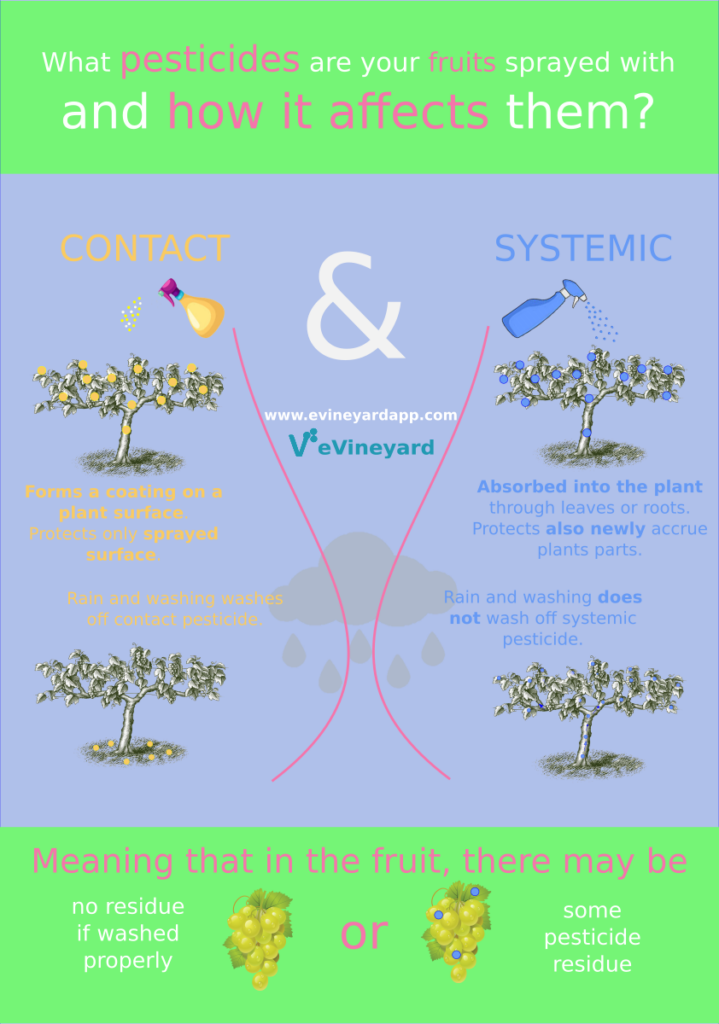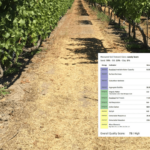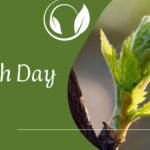Nowadays, the use of pesticides for plant protection is widespread among food producers and home users. But do you know how pesticides impact fruits when used?
Pesticides are chemical substances which destroy pests and are used for agricultural and non-agricultural purposes. In general, the term pesticide describes plant protection products, which protect plants or plant products against pests. Therefore, it refers to all chemical substances used to protect plants against insects, weeds, and diseases. According to their chemical structure, the pesticides can be organic, inorganic, synthetic or biological. Organic pesticides usually contain carbon in their chemical structure and are more complex than inorganic pesticides, which do not contain carbon. Most of the pesticides used are organic-synthetic or biological. Biological pesticides are derived from naturally occurring sources such as plants, algae, fungi or bacteria. In contrast, synthetic pesticides are made artificially by chemical synthesis. We should be aware that the vast majority of synthetic, i.e. “modern” pesticides originate from war poisons.
Pesticides have several benefits: they help to control harmful organisms and weeds that destroy crops and threaten people’s lives. For example, pesticides kill mosquitoes that can be transmitters of dangerous diseases, protect animals against parasites, and kill weeds that threaten the environment. They also help farmers increase crop yields to provide enough food for a growing population, decrease food costs, and prevent sickness caused by mouldy food.
However, there is a thin line between the positive and negative effects of pesticide use. Pesticides can have a negative impact on human health. They can harm people in several ways: people can get exposure through the application, toxic residue in plants or plant parts, such as fruits, and indirectly through environmental pollution. Pesticides pollute water, contaminate soil and kill non-target pests, such as bees and other pollinators. And we all know that without pollinators, there is no life on earth. Since pesticides are hazardous to humans and animals, it’s good to know that pesticides have different operating modes.

The infographics show different pesticides according to operation modes and their effect on fruits. Pesticides that form a coating on plant surfaces are called contact pesticides. They protect only sprayed surfaces and can be washed off. There are systemic pesticides that get absorbed through the leaves or roots into the plant’s vascular system and distributed to other (not sprayed) parts of the plant. Since systemic pesticides cannot be washed off the plant by rain and are located inside it, they can also protect newly accrued plant parts. Fruits from plants that were sprayed with contact pesticides do not contain residue (if they are properly washed).
In contrast, the ones sprayed with systemic pesticides may contain some pesticide residue even when adequately washed. Even though your purchased fruits may contain pesticide residues, they are probably not toxic to your health, at least not in the short term. Maximum residue levels of pesticides in or on food are strictly regulated by law and differ from country to country.
So, winegrowers, next time you make pesticide decisions for your vineyards, consider the type and mode of action of the products you use. Pay attention not only to their effects on the crops but also to the potential long-term impact on the ecosystem. Your choices as growers influence both the quality of the grapes and the sustainability of your operation.
Sources:
- Different manuals on safe pesticide use in agriculture
- About pesticides; British Columbia





One response to “Pesticide use, and their impact on fruits”
Nice blog post about the pesticide used efforts .